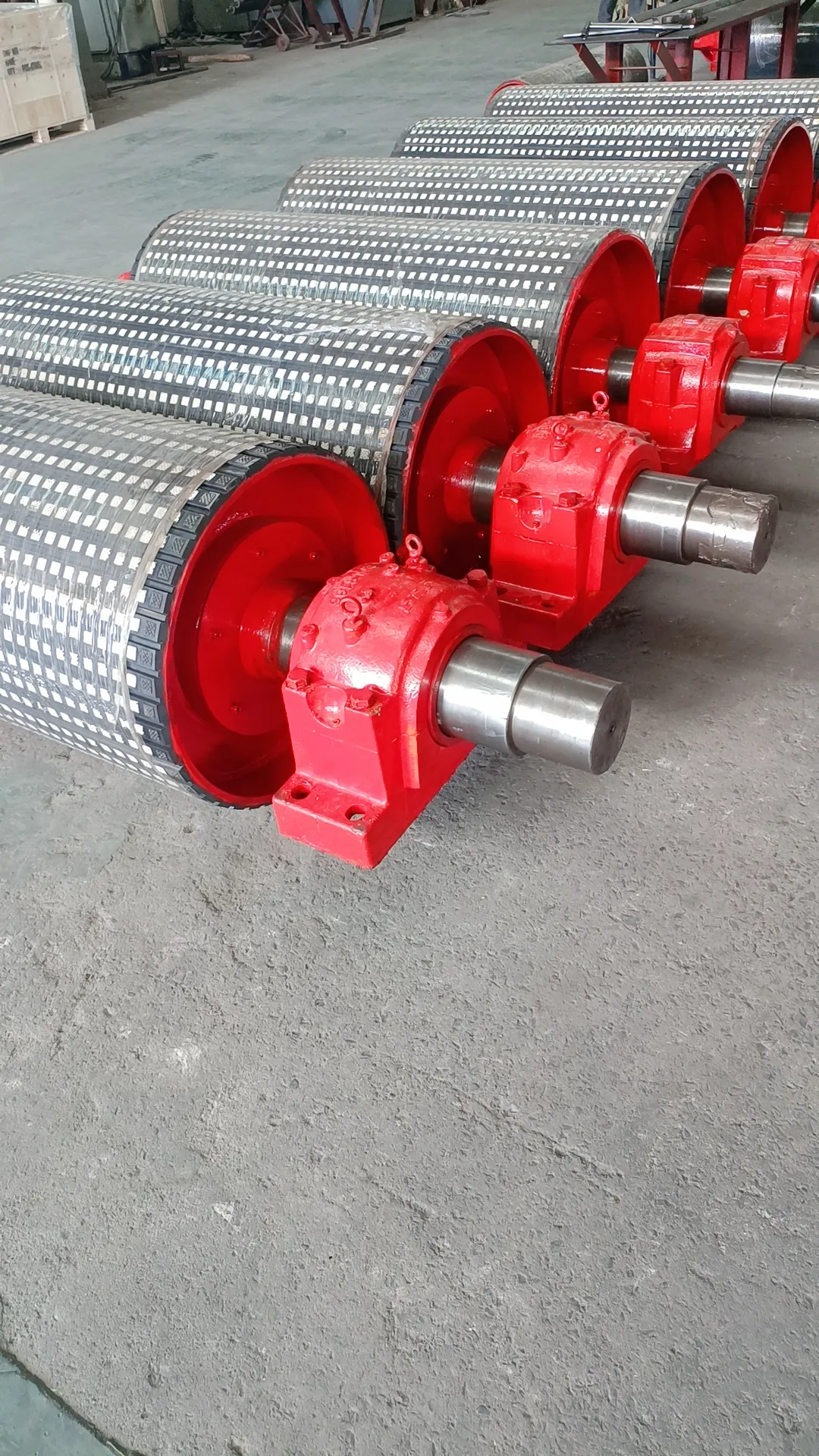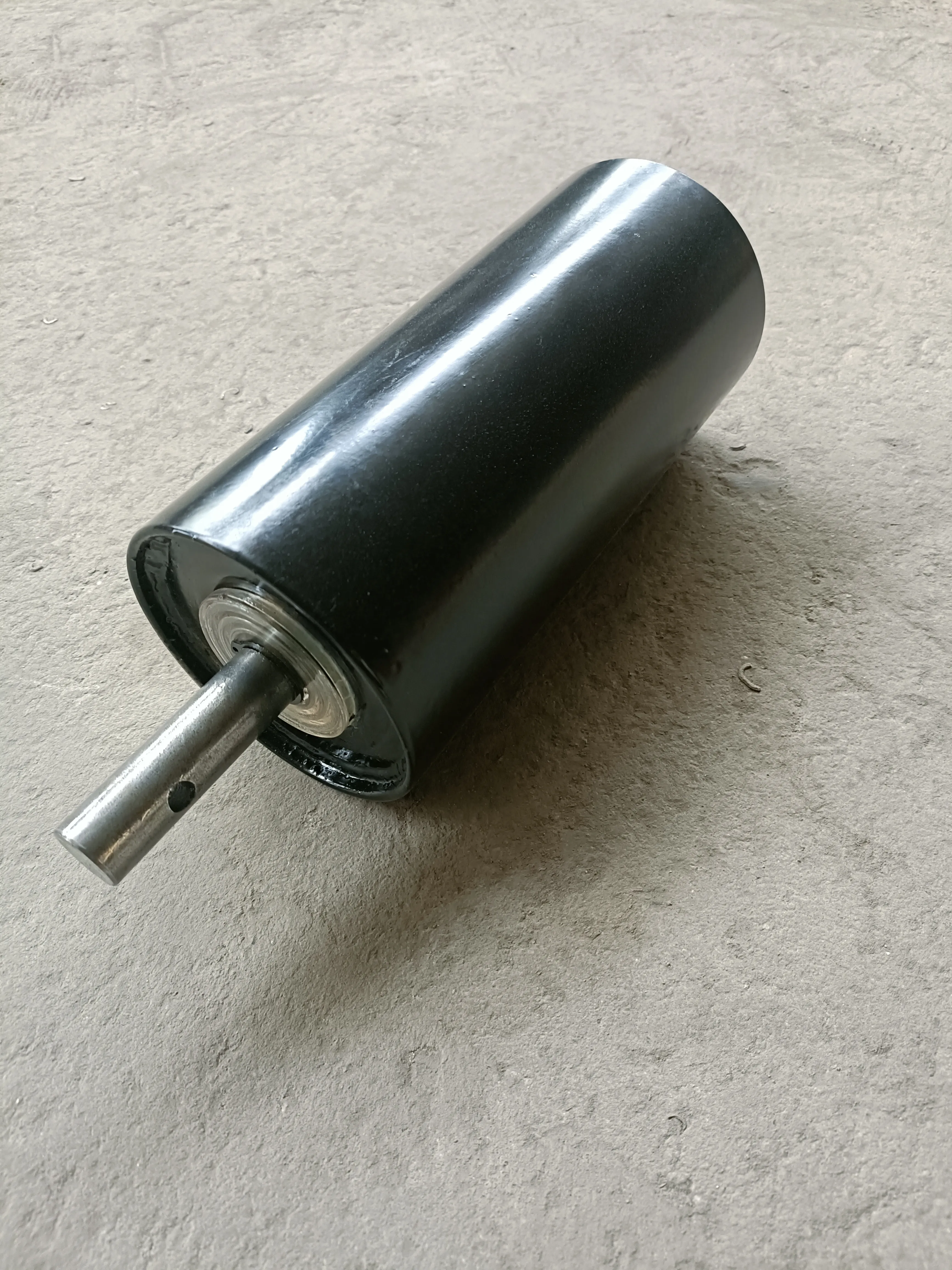 Afrikaans
Afrikaans  Albanian
Albanian  Amharic
Amharic  Arabic
Arabic  Armenian
Armenian  Azerbaijani
Azerbaijani  Basque
Basque  Belarusian
Belarusian  Bengali
Bengali  Bosnian
Bosnian  Bulgarian
Bulgarian  Catalan
Catalan  Cebuano
Cebuano  Corsican
Corsican  Croatian
Croatian  Czech
Czech  Danish
Danish  Dutch
Dutch  English
English  Esperanto
Esperanto  Estonian
Estonian  Finnish
Finnish  French
French  Frisian
Frisian  Galician
Galician  Georgian
Georgian  German
German  Greek
Greek  Gujarati
Gujarati  Haitian Creole
Haitian Creole  hausa
hausa  hawaiian
hawaiian  Hebrew
Hebrew  Hindi
Hindi  Miao
Miao  Hungarian
Hungarian  Icelandic
Icelandic  igbo
igbo  Indonesian
Indonesian  irish
irish  Italian
Italian  Japanese
Japanese  Javanese
Javanese  Kannada
Kannada  kazakh
kazakh  Khmer
Khmer  Rwandese
Rwandese  Korean
Korean  Kurdish
Kurdish  Kyrgyz
Kyrgyz  Lao
Lao  Latin
Latin  Latvian
Latvian  Lithuanian
Lithuanian  Luxembourgish
Luxembourgish  Macedonian
Macedonian  Malgashi
Malgashi  Malay
Malay  Malayalam
Malayalam  Maltese
Maltese  Maori
Maori  Marathi
Marathi  Mongolian
Mongolian  Myanmar
Myanmar  Nepali
Nepali  Norwegian
Norwegian  Norwegian
Norwegian  Occitan
Occitan  Pashto
Pashto  Persian
Persian  Polish
Polish  Portuguese
Portuguese  Punjabi
Punjabi  Romanian
Romanian  Russian
Russian  Samoan
Samoan  Scottish Gaelic
Scottish Gaelic  Serbian
Serbian  Sesotho
Sesotho  Shona
Shona  Sindhi
Sindhi  Sinhala
Sinhala  Slovak
Slovak  Slovenian
Slovenian  Somali
Somali  Spanish
Spanish  Sundanese
Sundanese  Swahili
Swahili  Swedish
Swedish  Tagalog
Tagalog  Tajik
Tajik  Tamil
Tamil  Tatar
Tatar  Telugu
Telugu  Thai
Thai  Turkish
Turkish  Turkmen
Turkmen  Ukrainian
Ukrainian  Urdu
Urdu  Uighur
Uighur  Uzbek
Uzbek  Vietnamese
Vietnamese  Welsh
Welsh  Bantu
Bantu  Yiddish
Yiddish  Yoruba
Yoruba  Zulu
Zulu Feb . 15, 2025 11:33
Back to list
conveyor belt parts and functions
In the world of material handling, conveyor belts are indispensable. A significant aspect of their functionality is not just the belt itself but the intricate system of parts that drive its efficiency. To truly understand how a conveyor belt system operates, one must explore the distinct parts and their functions.
Return or leading rollers are an often overlooked but essential component. Positioned on the underside of the belt, they aid in maintaining alignment and reducing drag on the return run of the belt. They can be adjusted to ensure optimal belt tracking and minimize unnecessary wear. The framework or structure of the conveyor belt system provides the overall framework that supports all components. This structure must be robust and well-engineered to endure the stresses of operation. It offers the mounting surfaces for other components like idlers and pulleys, ensuring they remain in the correct alignment during operation. Finally, safety and control systems cannot be ignored when discussing conveyor belt parts and functions. These systems may include emergency stop switches, pull cords, and sensors that monitor the operation of the conveyor. Such systems are vital for protecting both the machinery and operators, ensuring that the conveyor operates within their designed parameters and that any potential hazards are promptly addressed. Understanding these parts and their interactions is key to optimizing a conveyor belt system. Regular maintenance and an awareness of how each component integrates and supports the system can vastly enhance productivity while minimizing downtime and extending the lifespan of the equipment. In conclusion, the effectiveness of a conveyor system is not solely reliant on its belt but on the harmonious operation of all its parts. By understanding the function of each component, from the drive units to the safety systems, operations can be optimized for efficiency and reliability. This holistic approach ensures that businesses can meet their material handling needs with confidence and precision.


Return or leading rollers are an often overlooked but essential component. Positioned on the underside of the belt, they aid in maintaining alignment and reducing drag on the return run of the belt. They can be adjusted to ensure optimal belt tracking and minimize unnecessary wear. The framework or structure of the conveyor belt system provides the overall framework that supports all components. This structure must be robust and well-engineered to endure the stresses of operation. It offers the mounting surfaces for other components like idlers and pulleys, ensuring they remain in the correct alignment during operation. Finally, safety and control systems cannot be ignored when discussing conveyor belt parts and functions. These systems may include emergency stop switches, pull cords, and sensors that monitor the operation of the conveyor. Such systems are vital for protecting both the machinery and operators, ensuring that the conveyor operates within their designed parameters and that any potential hazards are promptly addressed. Understanding these parts and their interactions is key to optimizing a conveyor belt system. Regular maintenance and an awareness of how each component integrates and supports the system can vastly enhance productivity while minimizing downtime and extending the lifespan of the equipment. In conclusion, the effectiveness of a conveyor system is not solely reliant on its belt but on the harmonious operation of all its parts. By understanding the function of each component, from the drive units to the safety systems, operations can be optimized for efficiency and reliability. This holistic approach ensures that businesses can meet their material handling needs with confidence and precision.
Next:
Latest news
-
Revolutionizing Conveyor Reliability with Advanced Rubber Lagging PulleysNewsJul.22,2025
-
Powering Precision and Durability with Expert Manufacturers of Conveyor ComponentsNewsJul.22,2025
-
Optimizing Conveyor Systems with Advanced Conveyor AccessoriesNewsJul.22,2025
-
Maximize Conveyor Efficiency with Quality Conveyor Idler PulleysNewsJul.22,2025
-
Future-Proof Your Conveyor System with High-Performance Polyurethane RollerNewsJul.22,2025
-
Driving Efficiency Forward with Quality Idlers and RollersNewsJul.22,2025
OUR PRODUCTS





























